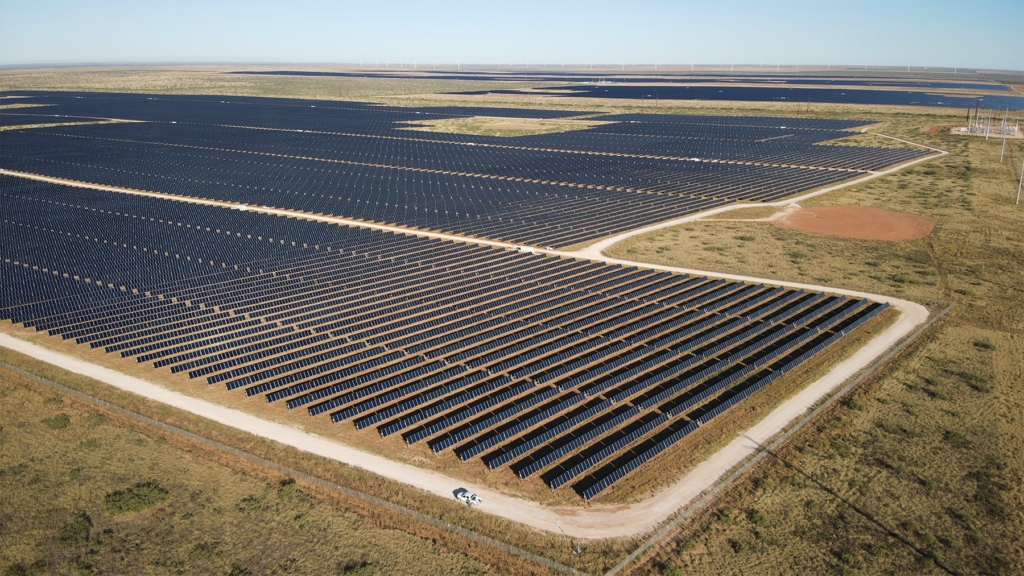
Higher Education has been a primary leader of environmental sustainability, specifically facilities decarbonization, for over two decades. Actual net-zero decarbonization of higher education facilities and campuses, however, is rare, even with over 20 years of environmental sustainability initiatives. This observation is not a critique of institutional commitments and successful construction of high-performance buildings. Rather, it is an acknowledgment of the significant challenges facing institutional leaders and Facilities Managers to achieve the ambitious sustainability goals set in the early 2000s (e.g., The American College & University Presidents’ Climate Commitment). The national and international decarbonization focus is not only becoming increasingly acute, but also has hyper-accelerating expectations and mandates for a decarbonized built environment that is driving very specific economies. Timing is imperative for Facilities Managers and institutional leadership to be the clear state, provincial, national, and international leaders of decarbonization of campuses, leading all facilities’ vertical markets toward energy independence and net-zero carbon emissions.
Achievement Strategies
How will campus operational decarbonization be achieved? There are two strategies: through a well-designed and funded decarbonization strategic plan or through compliance mandates. The compliance strategy is already present in some states and local jurisdictions and will be present in all states by the mid-2030s. The American Society of Heating Refrigeration and Air-conditioning Engineers (ASHRAE) and the International Code Council (ICC) produce the two recognized US energy conservation codes. ASHRAE manages Standard 90.1, and ICC manages the International Energy Conservation Code (IECC). Both ASHRAE and ICC coordinate the content between Standard 90.1 and the IECC to ensure general consistency. Both organizations have committed to publishing net zero emissions and/or net zero carbon base standards and codes within the next three revision cycles, which concludes in the early 2030s. Therefore, by 2040, all new construction and major renovations of current facilities under these standards and codes will dictate high-energy-efficient performance and prescribe the inclusion of renewable energy sources. The renewable energy requirement will provide options or combinations of onsite, offsite, community, and third-party sources (via Renewable Energy Credits or RECs). Institutions deferring to the compliance strategy will be at a disadvantage in many areas. Primarily, the cost challenges of capital construction and capital renewal will multiply when competing for funding sources, and the competitive market inflation of decarbonization resources and renewable energy when large industrial, technology, and private sector business consumers are also engaged may be sizable. Institutions deferring to a compliance strategy will be in a reactive mode through the ongoing standards and codes updates, and this may not be the preferred strategic business practice.
As noted by Tim McLaughlin and M.B. Pell for Reuters in 2022:
“To be sure, a number of universities are taking steps to upgrade their facilities. Still, schools say they face challenges in matching the performance set by big players in the energy industry. One is that power production isn’t part of a university’s core mission of education. These facilities must compete for funding with higher-profile projects. And they sometimes operate in confined spaces in urban settings, hampering expansions and upgrades of power equipment that is often very old.
“’You have assets that were supposed to be replaced in 20 or 30 years, but are now lasting 50 years,’ said Xavier Rivera Marzán, a veteran campus power plant executive now employed at the University of Texas at Austin. Natural gas-fired equipment installed in 2010 at the university’s power plant ranked among the cleanest in Reuters’ analysis of emissions.
“Universities account for a small piece of the U.S. pollution pie. America’s commercial electric plants produce far more pollution by volume than colleges do. Still, more than 80% of campus power plants analyzed by Reuters are classified as a major source of pollution under the federal clean air program, according to their operating permits on file with the EPA and state environmental regulators.”¹

The University of Texas Lands (2023), the Prospero II project in Andrews City, approximately 2,600 acres.
In Texas, the 82nd Legislature, through HB 51 in 2011, directed the State Energy Conservation Office (SECO) to select an advisory committee to recommend one or more high-performance building (HPB) design evaluation systems for state agencies and institutions of higher education. Texas Government Code section 447.004(b-1) requires that new state buildings or major renovations be designed and constructed so the building achieves certification under a high-performance design evaluation system approved by SECO. The final recommendation of the committee in early 2020 identified the use of one of four HPB design evaluation systems:
- International Green Construction Code published 2018 or later
- LEED BD+C
- BREEAM
- Austin Energy Green Building Rating System
Texas state agencies and institutions of higher education are currently required to comply with ASHRAE 90.1 2016 or IECC 2018 for energy efficiency compliance and to comply with the Texas Water Conservation Design Standards for water conservation design. The HPB Design Evaluation System has not yet been formally adopted due to unintentional prohibitions included in other legislation. Efforts are underway to amend the previous bill to clarify the original intent, and updates to the requirements for energy and water conservation are expected during the current legislative session.
Using A Proactive and Prioritized Roadmap
A well-designed and funded decarbonization strategy gives an institution more control over its strategy, and for those with access to funding, that will be best. Numerous advantages are evident for a multi-year or multi-decade plan of campus decarbonization. This strategy provides institutions with a proactive and prioritized roadmap to address the significant decarbonization challenges surrounding energy optimization and electrification of campuses. Considering only the electrification of centralized and building-discrete chilled water and heating plants will take multiple years of planning and execution, possibly multiple decades for very large-scale central energy systems.
It is worth restating that timing is imperative for Facilities Managers to develop their institution’s decarbonization roadmap. The strategic roadmap can be as simple as:
Step 1 – Adopt and maintain the most current energy codes as the basis of construction and renovations, or base code plus a 10% performance stretch goal.
Step 2 – Incorporate energy optimization solutions and technologies to reduce existing facility energy use (+25%–30% savings is common, with very short ROIs).
Step 3 – Leverage operational energy cost savings for campus electrification and renewable energy investments.
Step 1 represents the commitment; Step 2 represents action that creates the decarbonization funding model; Step 3 represents the achievement of energy and carbon independence. Your institution’s roadmap will be tailored and unique, but should include the commitment of the institution, reliable and recurring funding, and ultimately, goal achievement.
Reference
¹ Retrieved from: https://www.reuters.com/investigates/special-report/usa-pollution-universities/
David Handwork is chief engineer at United Commercial Energy Partners in Frisco, Texas. He can be reached at [email protected]. Stephen Harris is assistant vice chancellor for capital projects at The University of Texas System in Austin, Texas, and can be reached at [email protected]. Douglas Powell is associate director for engineering – building systems at The University of Texas System in Austin, Texas, and can be reached at [email protected].
Code Talkers
Code Talkers: Highlights the various codes, laws, and standards specific to educational facilities and explains the compliance issues and implications of enforcing these measures. To contribute, contact Kevin Willmann, FM Column Editor.
See all Code Talkers.


